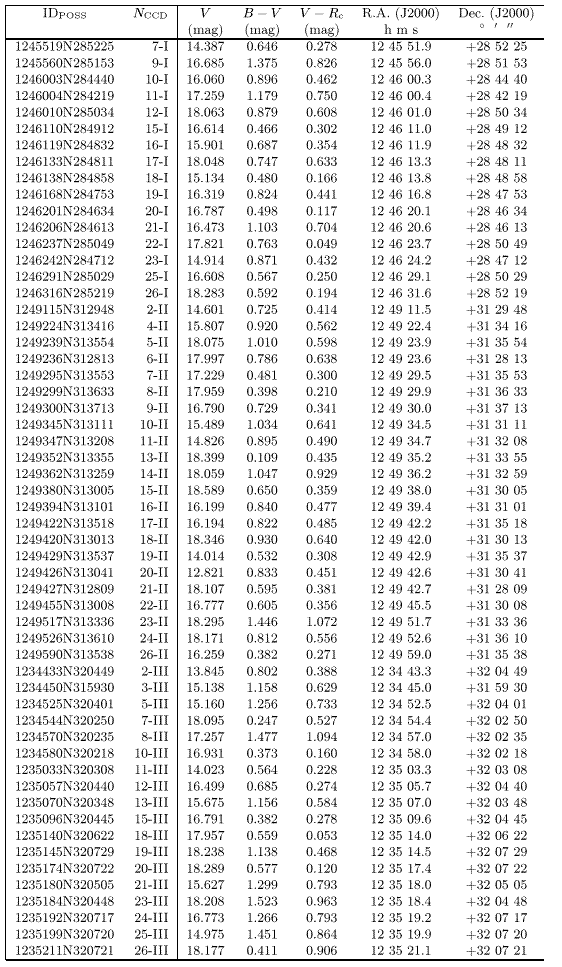 |
These data are also available electronically at the Osservatorio Astronomico di Torino, via anonymous ftp to ftp.to.astro.it.
Acknowledgements
The authors are grateful to A. Ferrari for encouraging the collaboration between the ST ScI and Torino Observatory. We thank J. Huchra for supporting the observations, and L. Siciliano who contributed to the reduction of the CCD frames in the GPR. We acknowledge financial support from the Italian Ministry for Research (MURST) and the Italian Space Agency (ASI) under contract ASI-95-RS-119. The ST ScI is operated by the Association of Universities for Research in Astronomy, Inc., under contract to NASA.
Copyright The European Southern Observatory (ESO)